Teach you how to prepare soil for growing flowers, and you will become a nutrition expert! Plant flowers and they will survive in pots without root rot
Friends, today we are going to learn how to prepare soil. If plants want to grow well and healthily, soil is crucial. It directly affects the growth, lifespan and future growth of plants.
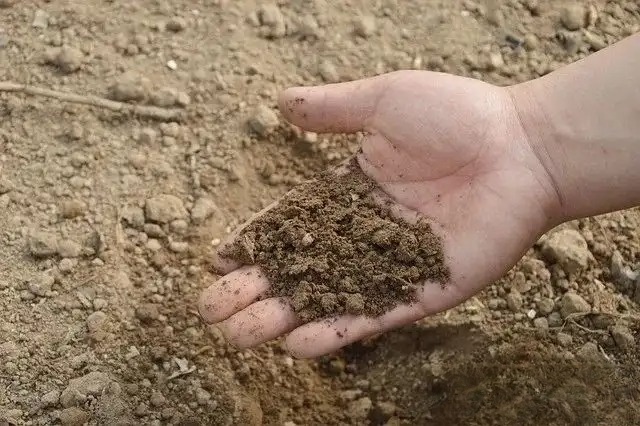
Nutrients in the soil (such as nitrogen, phosphorus, potassium, etc.) are key elements required for plant growth. Different plants have different nutrient requirements, so the nutrient content in the soil needs to be adapted to the needs of specific plants.
Well-drained soil helps roots absorb oxygen and promotes plant growth, while poorly drained soil can lead to root rot.
The pH of the soil is also crucial to plant growth. Different plants have different adaptability to pH values. For example, acidic soil is suitable for blueberries, while alkaline soil is suitable for vegetables.
The particle size and structure of the soil affect root growth. Loose soil helps roots take root and absorb nutrients.
Microorganisms in the soil, such as bacteria and fungi, are also essential for breaking down organic matter, providing nutrients and keeping the soil healthy.
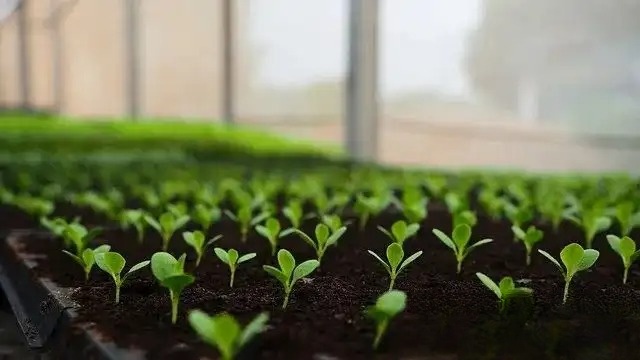
Before learning how to prepare soil, you must remember a very important point in the language of flowers. The pH value is a numerical value used to indicate the acidity or alkalinity of a solution, ranging from 0 to 14. When the pH value is less than 7, it is acidic; when the pH value is greater than 7, it is alkaline; when the pH value is equal to 7, it is neutral.
Then let's learn to prepare a universal soil, which can meet the needs of most plants, that is, neutral soil
1. General soil:
Most potted flowers prefer slightly acidic to neutral soil, which requires the potting soil to be loose, breathable and rich in fertility. Here are some general nutrient soil preparation methods:
Basic universal nutrient soil formula:
Peat soil: 40%
Coconut brick: 20%
Perlite: 20%
Fermented organic fertilizer: 20%
Mix well, this is a simple universal nutrient soil formula. Peat soil, coconut bricks and perlite are not very fertile substrates, so fermented organic fertilizer is used in 2 parts, mainly to improve the fertility of the soil.
Upgraded universal nutrient soil formula:
Peat soil: 30%
Leaf mold: 20%
Coconut bran: 20%
Perlite: 20%
Fermented organic fertilizer: 10%
This formula is suitable for planting bulbous flowers, azaleas, daphne and other woody flowers that take a long time to grow.
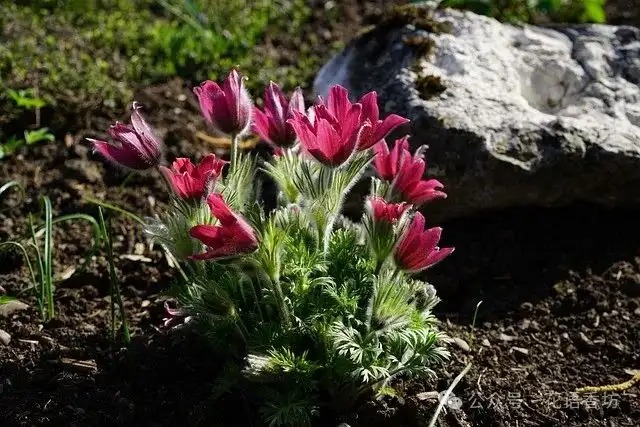
2. Acidic soil formula:
Basic acidic soil recipe:
Leaf mold (or peat soil): accounts for 50%-70% of the total.
Garden soil or coarse sand: 30%-50% of the total to improve soil permeability and drainage.
Acidic soil materials:
Pine Needle Soil: Soil that is naturally rich in organic matter and acidic.
Peat soil: You can choose black peat or brown peat, the former is slightly acidic and the latter is acidic.
Leaf mold: high humus content, strong water retention, good permeability, and acidic pH value.
Adjust soil pH:
Most flowers grow best in neutral to slightly acidic soil (pH 5.5 to 7).
If the soil is too acidic, you can add some lime powder or wood ash.
To reduce alkalinity, you can add appropriate amounts of sulfur, humus fertilizer, ferrous sulfate, etc.
Preparation methods of culture soil for different varieties of flowers:
Different flowers have different needs, so the recipe can be adjusted according to the specific situation.
For example, acid-loving orchids, gardenias, and azaleas grow best in soil with a pH of 5 to 6.
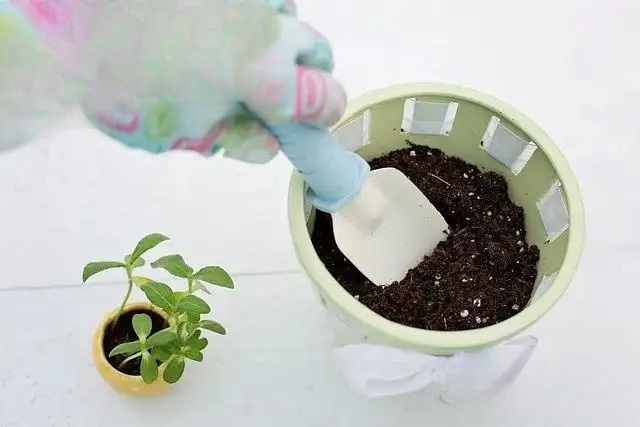
3. Alkaline soil formula:
Basic alkaline soil formula:
Leaf mold (or peat soil): accounts for 50%-70% of the total.
Garden soil or coarse sand: 30%-50% of the total to improve soil permeability and drainage.
Alkaline soil materials:
Wood ash: Adding wood ash (wood residue after a fire) to your soil can also raise pH. Wood ash contains calcium carbonate, which helps make your soil more alkaline.
Bone meal: Bone meal contains calcium, which can help raise the pH of your soil. Add the appropriate amount of bone meal depending on your soil type and current pH.
Eggshell fragments: Eggshells and clam shells contain calcium carbonate and can also be used to increase the alkalinity of the soil. Grind them into fragments and mix them into the soil.
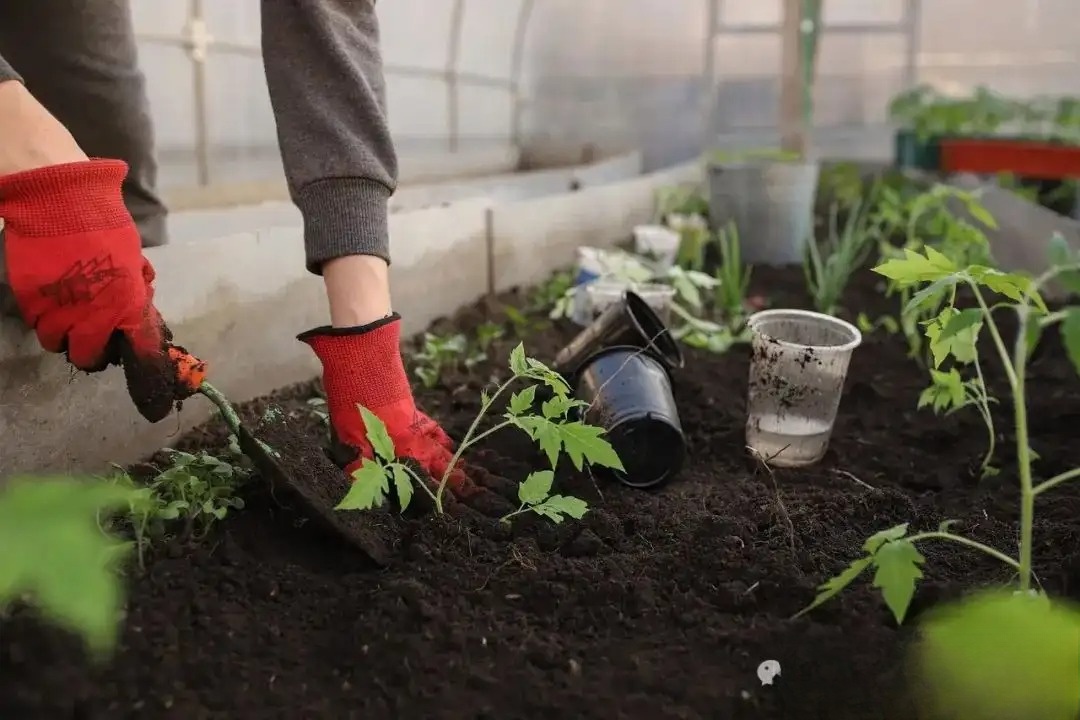
4. Notes:
Friends, through the acidic and alkaline materials introduced above, everyone has an understanding of how to change the pH of the soil. The only uncertainty is that we don’t know how much acidic and alkaline materials to add, and the amount of this material is indeed difficult to grasp. Once too much material is added, it will become a strong acid or strong alkaline, so you must do a pH test paper test on the soil before adding materials. After the test obtains accurate values, manually add the appropriate amount of material, and then do another pH test after adding. By comparing the values before and after, you can know how much material to add, thereby completing a perfect soil.
Let me remind you of an important point again. The pH value is a numerical value used to indicate the acidity or alkalinity of a solution, ranging from 0 to 14. When the pH value is less than 7, it is acidic; when the pH value is greater than 7, it is alkaline; when the pH value is equal to 7, it is neutral!!!
Acidic soil is best kept between 5.5 and 6.5, alkaline soil is best kept between 7.5 and 8.5, and neutral soil is between 6.5 and 7.5! Friends must remember this.
In fact, you don’t have to remember it deliberately. Just pay attention to the flower language and bookmark the article. You can use it anytime, hehe.
